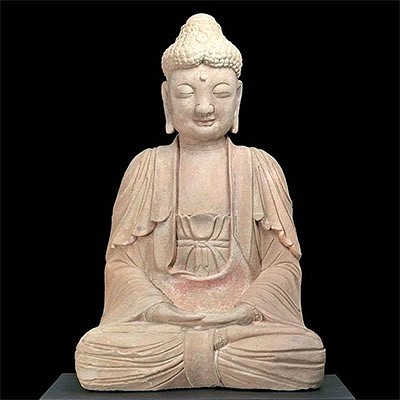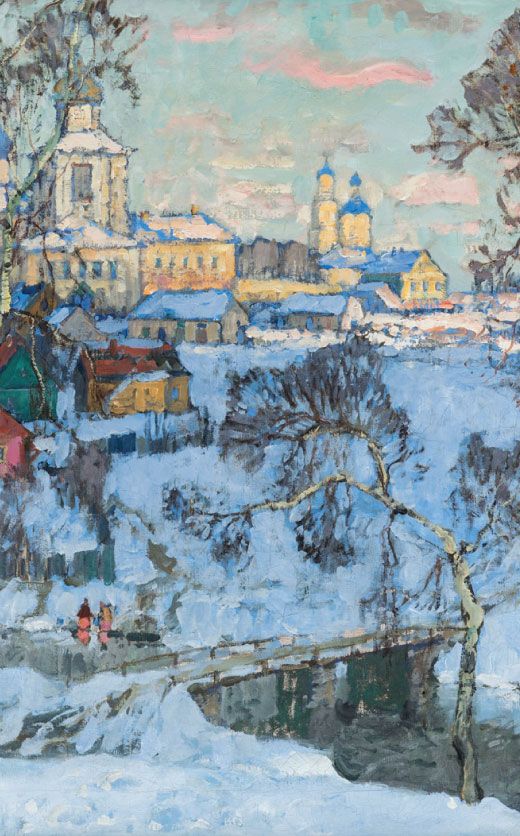Exhibited & Published Roman Fresco Panel w/ Portrait
Lot 36
About Seller
Artemis Fine Arts
686 S Taylor Ave, Ste 106
Louisville, CO 80027
United States
Selling antiquities, ancient and ethnographic art online since 1993, Artemis Gallery specializes in Classical Antiquities (Egyptian, Greek, Roman, Near Eastern), Asian, Pre-Columbian, African / Tribal / Oceanographic art. Our extensive inventory includes pottery, stone, metal, wood, glass and textil...Read more
Estimate:
$35,000 - $40,000
Absentee vs Live bid
Two ways to bid:
- Leave a max absentee bid and the platform will bid on your behalf up to your maximum bid during the live auction.
- Bid live during the auction and your bids will be submitted real-time to the auctioneer.
Bid Increments
| Price | Bid Increment |
|---|---|
| $0 | $25 |
| $300 | $50 |
| $1,000 | $100 |
| $2,000 | $250 |
| $5,000 | $500 |
| $10,000 | $1,000 |
| $20,000 | $2,500 |
| $50,000 | $5,000 |
| $100,000 | $10,000 |
| $200,000 | $20,000 |
About Auction
By Artemis Fine Arts
Feb 18, 2021
Set Reminder
2021-02-18 10:00:00
2021-02-18 10:00:00
America/New_York
Bidsquare
Bidsquare : Exceptional Antiquities, Asian, Ethnographic
https://www.bidsquare.com/auctions/artemis-gallery/exceptional-antiquities-asian-ethnographic-6373
Museum-worthy examples of Egyptian, Greek, Roman, Etruscan, Near Eastern, Far East / Asian, Pre-Columbian, African / Tribal, Oceanic, Native American, Spanish Colonial, Russian, Fossils, Ancient Jewelry, Fine Art, so much more! Artemis Fine Arts info@artemisfinearts.com
Museum-worthy examples of Egyptian, Greek, Roman, Etruscan, Near Eastern, Far East / Asian, Pre-Columbian, African / Tribal, Oceanic, Native American, Spanish Colonial, Russian, Fossils, Ancient Jewelry, Fine Art, so much more! Artemis Fine Arts info@artemisfinearts.com
- Lot Description
Roman, Imperial Period, ca. 1st century CE. An ancient Roman fresco fragment depicting the head of a figure, with a large eye that is nicely delineated with generous lids, a black-brown iris, and a white sclera, an aquiline nose, pursed lips with a well-delineated philtrum above the upper lip, a naturalistic ear, well-modeled facial planes, a rounded chin, and a thick torc (also torq and torque) around the neck that suggests this subject may be a Gaul or possibly a soldier. Interestingly, the Roman Titus Manlius challenged a Gaul to combat in 361 BCE, and when he defeated and killed the Gaul, he took his torque and wore it forever more, thus earning the nickname Torquatus (one who wears a torque). After this momentous event, the Romans adopted the torque to decorate distinguished soldiers during the Republican period. Size: 8.25" L x 7.75" W (21 cm x 19.7 cm); mount 9" L x 8.25" W (22.9 cm x 21 cm)
The ancient fresco technique involved applying saturated pigments into wet lime-rich plaster, and only the wealthiest, most elite Romans adorned their houses with these elaborate wall paintings which required immense skill to create. Art historians have identified four styles of wall painting. This example aligns closest with the Second Pompeiian Style - also known as the architectural style - which was popular during the 1st century BCE. This style was characterized by illusionism whereby the walls were painted with architectural elements framing compositions that fooled the eye into believing they were real via a trompe l'oeil effects. While we cannot see architectural elements given the size of this fragment, the artist of this piece successfully achieved naturalism in the visual imagery via subtle tonal changes, modeling the figure with color and shading, and suggesting depth with foreshortening.
Another aspect of Roman wall painting to appreciate are the brilliant colors which contrast with the white hues of surviving ancient marble sculpture. Scholars have demonstrated that classical sculptures were actually originally brightly painted; however, the pigments have worn away over the ages. Thankfully, ancient wall paintings demonstrate the bold coloration that embellished ancient visual culture. What's more, while some of the most impressive artists of the Classical world were painters, sadly, many of their creations were painted on wood panels and have disappeared due to the perishable nature of this material. Thankfully, other forms of Classical art such as vase paintings, mosaics, and even a few fresco fragments like this example - many surviving from Pompeii and Herculaneum buried under the ash of a volcanic eruption in the year 79 CE - have survived the tests of time and can provide a means of understanding ancient painting techniques.
Exhibited: La Biennale, Grand Palais, Paris, 11-17 September 2019; PAD London, Berkeley Square, London, 30, September 6 - October 2019
Published: The Gilbert Collection: by Phoenix Ancient Art, New York, 2019, no. 216
Provenance: private New York, USA collection; ex The Gilbert collection, Cambridge, Massachusetts, USA, acquired in Paris, June 23, 2000
All items legal to buy/sell under U.S. Statute covering cultural patrimony Code 2600, CHAPTER 14, and are guaranteed to be as described or your money back.
A Certificate of Authenticity will accompany all winning bids.
We ship worldwide and handle all shipping in-house for your convenience.
#162419A fragment from a larger fresco. Several cracks/fissures to fragment, some losses to vicinity of break lines, and losses to peripheries as shown. Fresco is ancient, and set on a modern mount.Condition
- Shipping Info
-
All shipping is handled in-house for your convenience. Your invoice from Artemis Gallery will include shipping calculation instructions. If in doubt, please inquire BEFORE bidding for estimated shipping costs for individual items.
-
- Buyer's Premium



 EUR
EUR CAD
CAD AUD
AUD GBP
GBP MXN
MXN HKD
HKD CNY
CNY MYR
MYR SEK
SEK SGD
SGD CHF
CHF THB
THB














